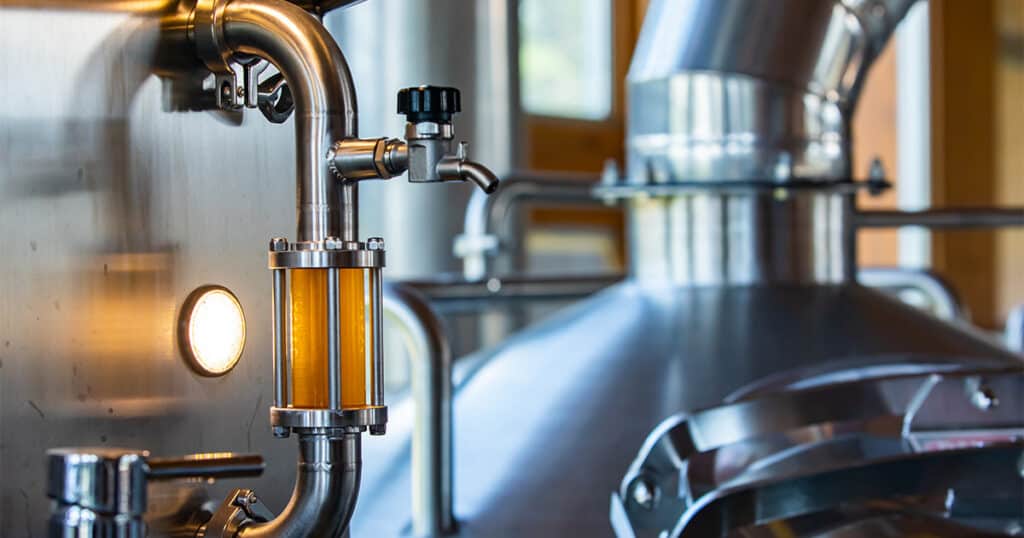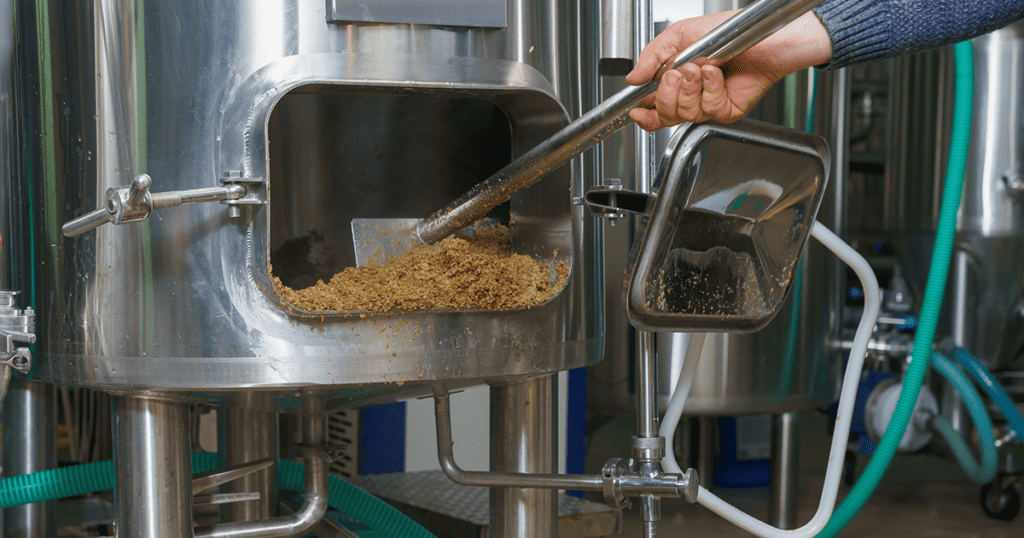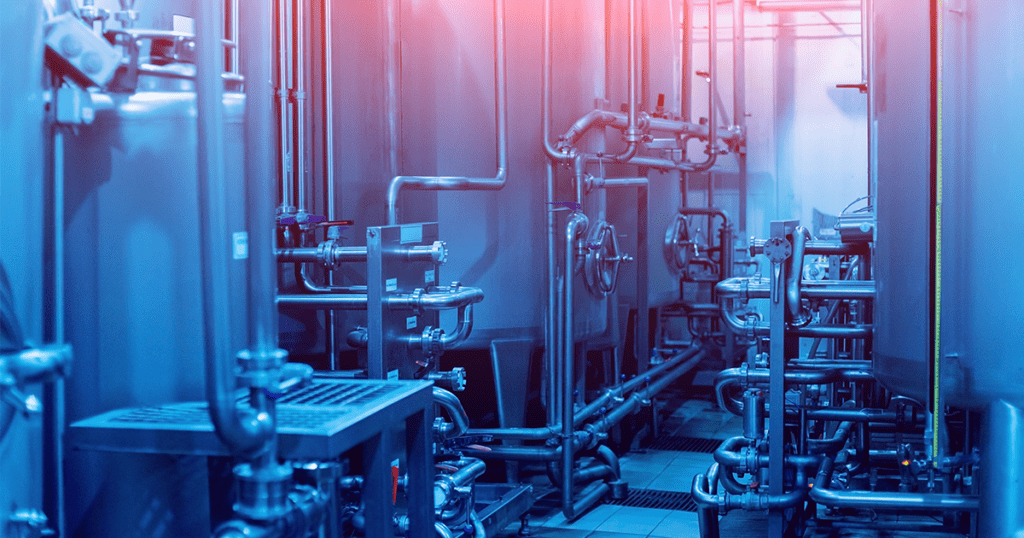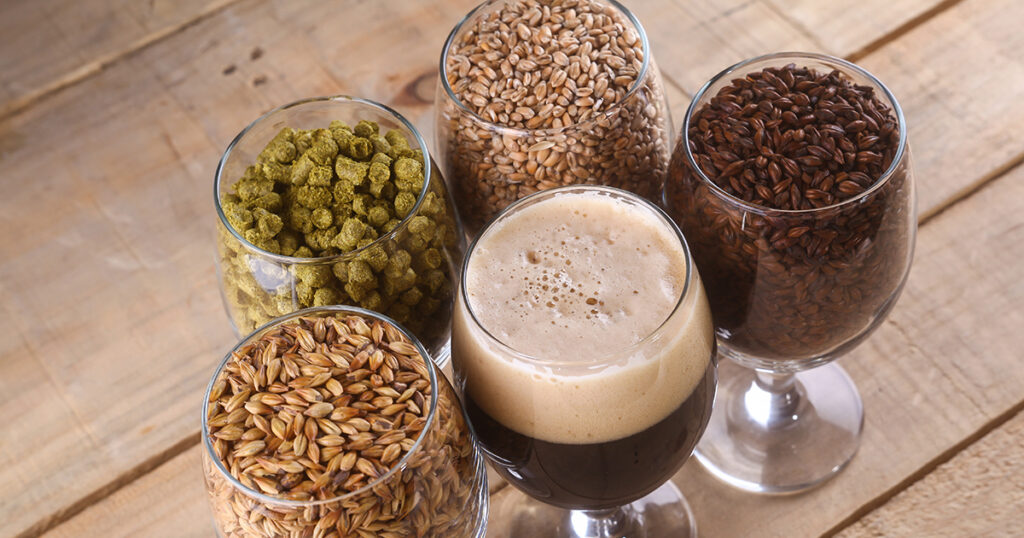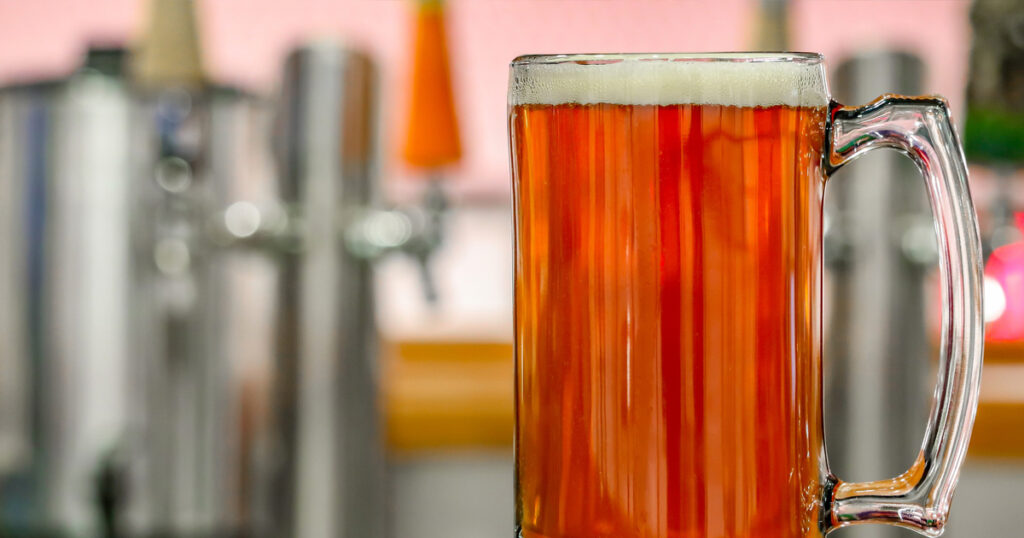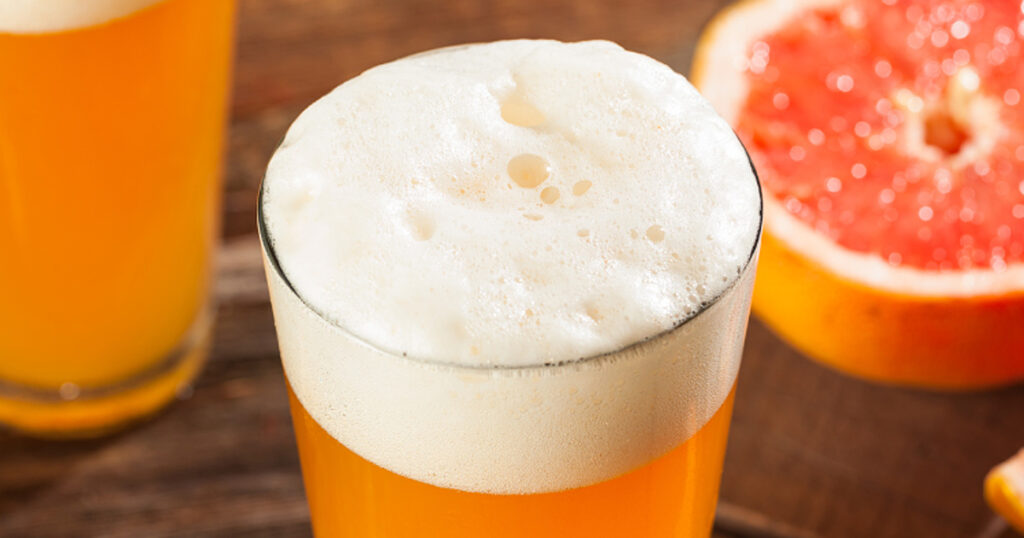Posts by Tara Nurin
How to Aerate Your Wort for Efficient Fermentation
Are your beers getting stuck with stuck fermentations, off-flavors, under attenuation, or longer than usual fermentation times? Your solution could lie in a missing ingredient that you may have been taught to avoid like bugs on your clean side: oxygen. Common belief misinstructs early stage brewers to keep oxygen as far away from post-boil wort…
Read MoreMinimizing Beer Loss from Dry-Hopping
Breweries Can Save Thousands of Dollars By Minimizing Beer Loss from Dry-Hopping. Here’s How. When Skip Schwartz arrived on the job as head brewer at WeldWerks Brewing in Greeley, Colorado, he says the collective “we” at the brewery “kind of prided ourselves on using insane amounts of hops and not worrying about that sort of…
Read MoreSmall Changes, Big Impact: Reducing Brewery Waste
In our 3-part series, Small Changes, Big Impact, we explore the compound effect that minor adjustments can have on boosting sustainability. The third article explores innovative and affordable ways for breweries to boost sustainability by reducing, reusing, and recycling materials they no longer need. Part 1: Reducing and Reusing IngredientsPart 2: Reducing Energy Expenses in…
Read MoreSmall Changes, Big Impact: Reducing Energy Expenses in Breweries
In our latest series, Small Changes, Big Impact, we explore the compound effect that minor adjustments can have on boosting sustainability. The second article plugs into affordable ways breweries can boost sustainability and save money by cutting down on energy consumption. With climbing electricity costs threatening to eat into post-pandemic profits, brewery owners who’ve previously…
Read MoreSmall Changes, Big Impact: Reducing and Reusing Ingredients
In our new series, Small Changes, Big Impact, we explore the compound effect that minor adjustments can have on boosting sustainability. The first article explores affordable ways for breweries to boost sustainability and save money by reducing and reusing ingredients. A Colorado company called Sustainable Beverage Technologies claims it’s found a novel way to half…
Read MoreCategory Controversy: What a Hybrid Beer Is … And Isn’t
Understand what a hybrid beer is and why it is different. Dig into the yeast types and fermentation process that makes these beers unique.
Read MoreFrom Kettle To Barrel: How To Brew a Fruited Sour Beer
From Kölsch to cold IPA, American brewers, scientists, and aficionados are viewing the old ale-lager dichotomy as increasingly misleading—and what matters, in the end, is what we taste in the glass.
Read MoreWater Chemistry for Brewers: Creating Classic European Beer Styles
Want to brew classic European styles of beer? This article explores matching the water in the Old World capitals that invented them. Great information for creating classic pale ale, pils or dry Irish stout.
Read MoreWater Chemistry: What Every Commercial Brewer Needs to Know
One water supplier can draw from many sources, from wells to rivers to springs, and every fount may vary in its chemical composition. Even a single source can fluctuate when it rains or snows. So imagine the variety between geographic locations. This article explores how water chemistry affects commercial brewing.
Read MoreHop Creep: Causes, Effects and Prevention
Hop creep refers to the overattenuation of dry-hopped beer. One might otherwise describe it as a sneaky, unwanted secondary fermentation that can lower gravity, provoke a diacetyl spike, and create excess alcohol and CO2. This article explores hop creep in depth: causes, effects and things you can do to prevent it.
Read More
